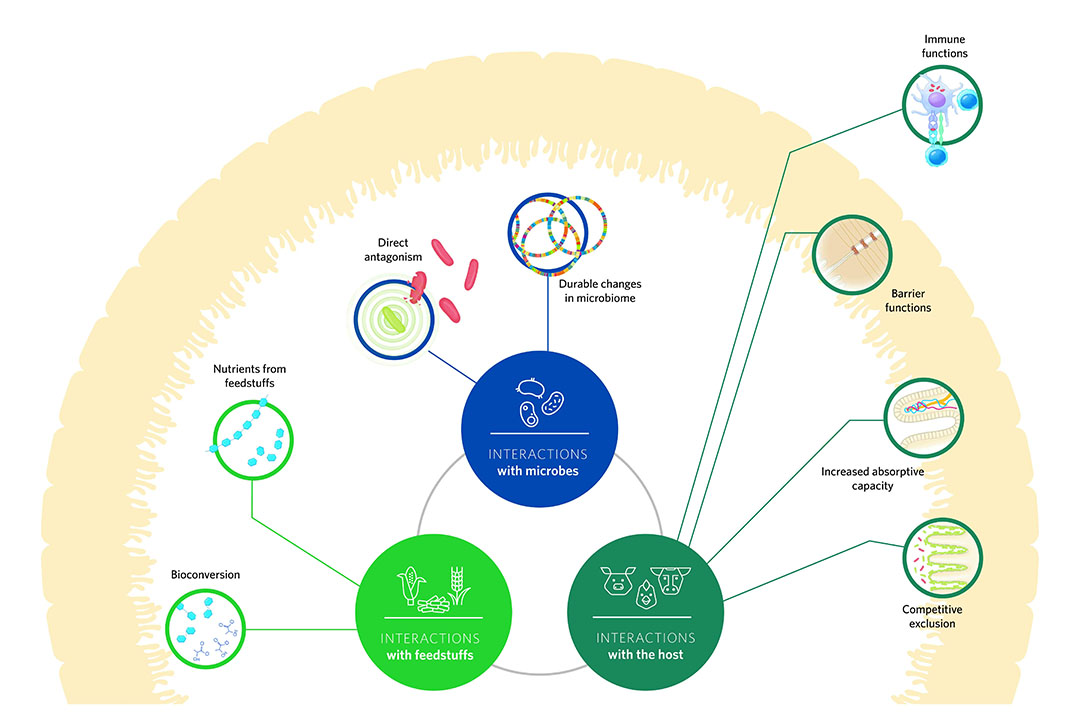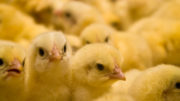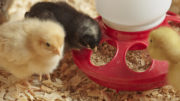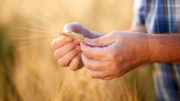Probiotics are live microorganisms that confer health benefits to host animals. New scientific methods improve our understanding of how these “good bacteria” work. A series of online courses detailing their modes of action is now available to all interested.
Increasing interest in probiotics
Over the past decade, the use of probiotics as supplements to diets of food-producing animals has increased dramatically, according to several industry surveys. Such growth is driven by the industry’s interest in meeting the rising demand for animals raised with reduced use of antibiotics or other chemical compounds.
Veterinarians, nutritionists and other professionals tasked with raising food-producing animals are constantly searching for better alternatives. They demand strict scientific standards and they want to understand how novel product categories exert their alleged effects in animals. Specifically regarding probiotics, nutritionists and veterinarians insist that their modes of action be clarified and their effects be measured objectively, allowing them to make more educated choices among the many possible suppliers.
Chr. Hansen developed a learning programme showing how probiotics can positively impact health, well-being, and productivity of animals. Based on the knowledge and experience of Chr. Hansen’s animal health experts, the programme consists of 4 short courses, each highlighting the latest scientific advances in the field and showing the evidence for how probiotics interact with feed ingredients, with other microorganisms and with the host animals.
Because the courses are available online, those interested in learning the content can do so at their own pace, in the privacy of their homes or offices. The courses were designed to meet the needs of veterinarians and nutritionists, but people with other educational backgrounds may also benefit, although they may find parts of the content challenging.
For more information about the programme, watch this video
Macro results from microscopic changes
Understanding the various modes of action that probiotics have in food-producing animals allows us to make the most of animal nutrition. The first course establishes a connection between the standard economic variables that are important in livestock production and probiotic bacteria. Probiotics support normal growth and maintenance through 3 major types of actions: interactions with feedstuffs, interactions with other microorganisms, and interactions with their host.

Interactions with feedstuffs
Probiotic bacteria improve the digestion and availability of essential nutrients, which animals can use to maintain or defend themselves against infectious agents, grow, and produce meat, milk, or eggs.
Some probiotics can convert sugars to organic acids that improve the intestinal environment and serve as precursors to absorbable volatile fatty acids. Probiotics can also produce an array of enzymes that aid the digestion of relatively hard-to-digest fibres by converting them into readily digestible sugars.
Something similar happens when speaking about proteins: those proteins, exposed to proteases and other non-soluble protein degrading enzymes, can become more soluble and digestible thanks to probiotics.
Interactions with other microorganisms
Probiotic bacteria can successfully outcompete and eliminate potentially pathogenic organisms from their microenvironment and these actions can lead to long-lasting positive changes in the intestinal microbiome.
Direct antagonism
Probiotics can produce and secrete potent antimicrobial peptides that kill potentially pathogenic organisms, without causing any harm to other probiotic or commensal organisms.
This direct antagonism of potentially pathogenic organisms helps keep animals healthy and thriving.
The inhibitory activity of certain strains of Bacillus against enteric pathogenic microorganisms has been demonstrated in multiple in vitro assays and animal trials.
Some bacteria can also sense and react to the numbers of their own type secreting signalling molecules. These are instrumental in the development of colonies and biofilms in the animal gut, playing a protective role. They could certainly be a huge source of antimicrobial peptides, as well as a very high concentration of digestive enzymes, making more nutrients available and inhibiting pathogenic organisms.
Durable changes in the microbiome
We define “microbiome” as the collective genomes of the microbiota. Eubiosis is defined as a composition of the microbiome that favours gut health and animal performance. Dysbiosis, on the other hand is defined as a composition that is unfavourable to the host animal. These terms are important because dysbiosis results from an imbalance of the normal gut microbiota, leading to a loss of tolerance and systemic inflammation.
Alpha diversity measures the richness and relative abundance of microorganisms in a single sample. On the other hand, beta diversity measures the variation of microorganisms between different samples. Probiotics can modulate microbiota diversity, for instance, with more lactobacilli and anti-inflammatory SCFA producers (Faecalibacterium) as well as fewer inflammatory pathogens (like Escherichia and Shigella) in the case of chicks. Rectal microbiota modulation can also be observed in pigs, characterised by an increase in Christensenellaceae, which is one of the most consistently demonstrated health-associated bacterial families.
With competitive exclusion, we refer to the reduction in binding of pathogens to intestinal epithelial cells. Probiotics can also help us with this: E. coli O157, enterotoxigenic E. coli F4, and Aspergillus fumigatus are some of the pathogens whose presence has been shown to be inhibited by probiotic bacteria.
Interactions with the host
There are a myriad of interactions that probiotic bacteria can have with the intestinal lining of their host. These interactions actively support the major barrier and immune functions of the intestinal tract.
In young animals, we can improve the absorptive capacity of the intestinal epithelium by increasing the height of the villi and the depth of the crypts, as well as the length of the ruminal papillae, by adding probiotics.
Probiotic bacteria actively support the barrier functions of the intestine tract, specifically the proper function of the apical tight junctions. Tight junctions are an essential component of the gut’s barrier function because the intestinal epithelium prevents pathogens from entering while still allowing nutrients to be absorbed. Therefore, a disturbance of eubiosis in the gut can compromise this barrier and lead to infection. Probiotics counteract the negative effects that pathogens may have on the epithelial barrier.
Last but not least, probiotic bacteria interact with specialised cells of an animal’s immune system to positively alter their capacity to response to challenges. Specifically, dendritic cells, which are the most potent antigen-presenting cells and the principal stimulators of T cells, can be immunomodulated by probiotics. This immunomodulation is achieved by inducing the production of secretory IgA from B cells, activating T cells and inducing their differentiation into specific effector subsets.
These are the main topics covered in greater detail by the Modes of Action online courses. By using state-of-the-art video graphics and interactive tools to improve retention of the concepts presented, these courses are well suited to meet the demand of busy professionals who need to stay on top of their field, but don’t have much free time available.
Ready to take action? Start your learning experience here.




